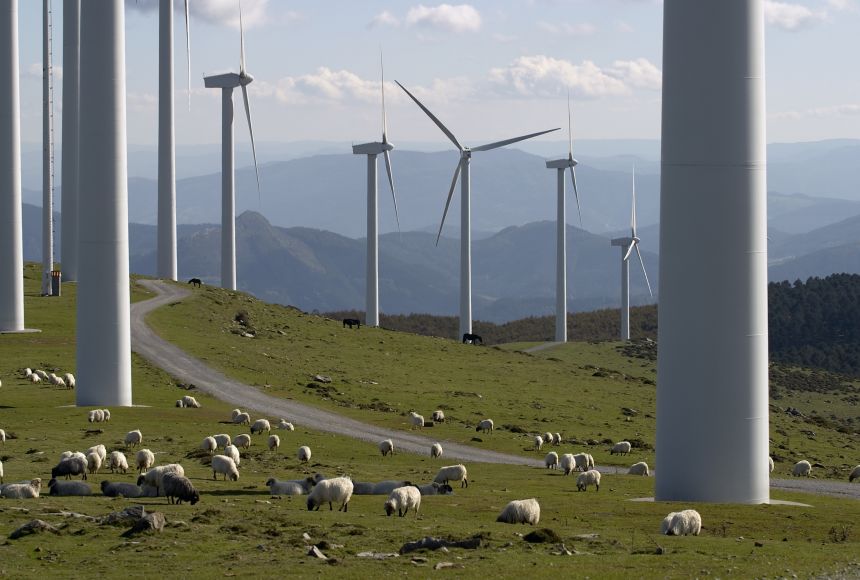ARTICLE
leveledARTICLE
Renewable Energy
Renewable Energy
Renewable energy comes from sources that will not be used up in our lifetimes, such as the sun and wind.
Grades
2 - 12
Subjects
Earth Science, Experiential Learning, Engineering, Geology
Image
Wind Turbines in a Sheep Pasture
Wind turbines use the power of wind to generate energy. This is just one source of renewable energy.
Photograph by Jesus Keller/ Shutterstock

Media Credits
The audio, illustrations, photos, and videos are credited beneath the media asset, except for promotional images, which generally link to another page that contains the media credit. The Rights Holder for media is the person or group credited.
Writer
Editor
Producer
other
Last Updated
March 18, 2024
For information on user permissions, please read our Terms of Service. If you have questions about how to cite anything on our website in your project or classroom presentation, please contact your teacher. They will best know the preferred format. When you reach out to them, you will need the page title, URL, and the date you accessed the resource.
Media
If a media asset is downloadable, a download button appears in the corner of the media viewer. If no button appears, you cannot download or save the media.
Text
Text on this page is printable and can be used according to our Terms of Service.
Interactives
Any interactives on this page can only be played while you are visiting our website. You cannot download interactives.